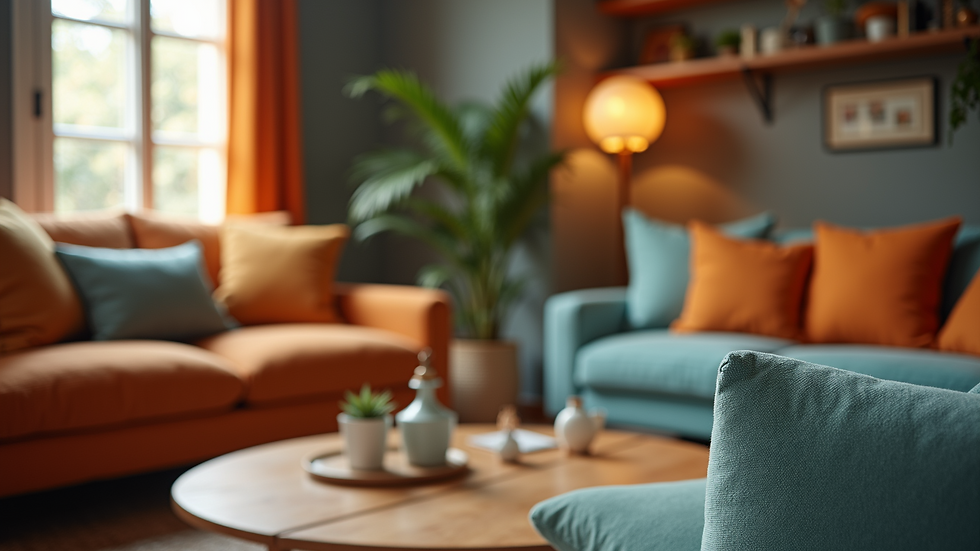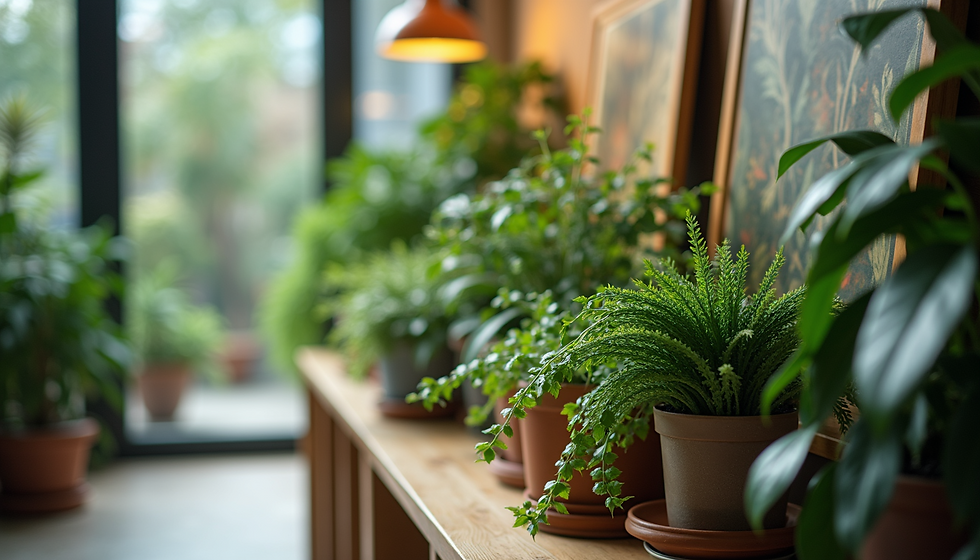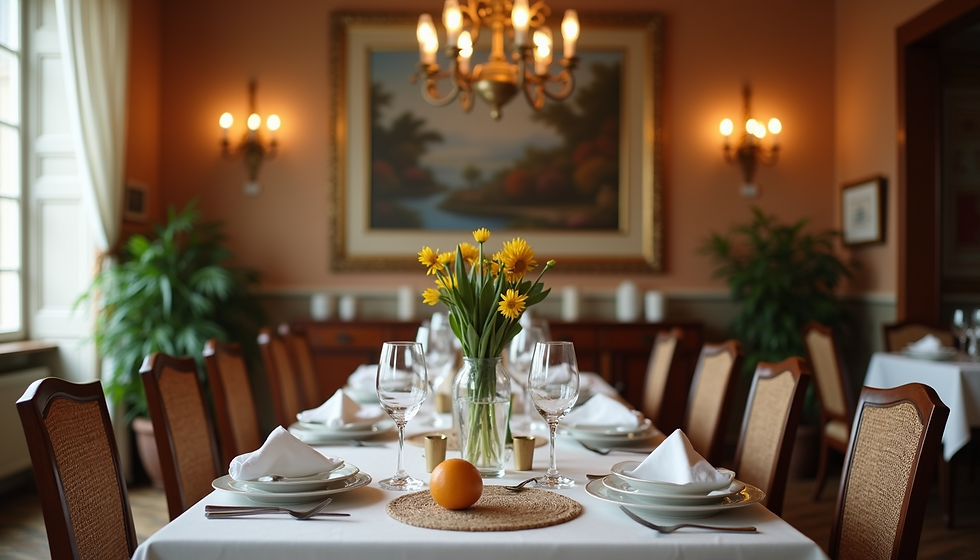Uncovering Hidden Gems: Exploring Lesser-Known Interior Design Nuances
- wpdevart
- Apr 17
- 3 min read
Interior design isn't just about trendy palettes or striking furniture. It's a world filled with subtleties that can transform any space from ordinary to extraordinary. By recognizing and utilizing these overlooked nuances, you can create an environment that is not only beautiful but also deeply personal.
Texture Variation
Texture variation is often overlooked in interior design. Mixing materials like soft fabrics, rough wood, and polished metals can add depth and richness to a space. For example, a soft cotton bedspread paired with a reclaimed wood headboard creates a cozy yet stylish atmosphere. A velvet accent chair next to a concrete side table offers a striking contrast that makes the room more inviting.
Integrating different textures is not just about looks; it influences our feelings in the space. Touch has the power to evoke emotions. Studies show that tactile experiences can increase feelings of comfort and welcome. Think about the last time you sank into a soft rug or brushed your hand over a smooth surface. By incorporating varied textures, you can create a sensory experience that resonates with everyone who enters.
Playful Layouts
The layout of furniture can dramatically influence how a room feels and functions. By breaking away from traditional arrangements, you can create a dynamic atmosphere. Instead of pushing chairs against walls, try arranging them into circular groupings. This can encourage conversation and improve flow within the space.
Consider adding elements like a cozy reading nook, complete with oversized cushions, or a playful hanging swing chair in a corner. These quirky additions invite relaxation and spark curiosity. According to interior design trends, spaces that encourage interaction can enhance social connections, making your home a gathering spot for family and friends.
Color Psychology
While color theory is widely known, the specific impacts of color psychology often go unnoticed. Colors influence emotions and perceptions significantly. For example, studies have shown that warmer hues, such as reds and yellows, can increase energy levels in a room by up to 30%. Meanwhile, cooler tones like blues and greens can reduce anxiety, promoting relaxation.
An effective way to harness color psychology is through accent walls. For instance, a striking teal wall paired with neutral furnishings can create visual interest without overwhelming the senses. This approach can anchor the room's design and draw attention to key areas, such as artwork or furniture.
Lighting Layers
Lighting is more than just a practical necessity; it's a pivotal element of interior design. However, the importance of layering lighting is frequently underestimated. Using a combination of ambient, task, and accent lighting can dramatically shift the mood of a space. For example, a bright overhead pendant light combined with warm table lamps creates a comfortable ambiance for entertaining.
Additionally, the color temperature of your lighting affects the room's vibe. Warm tones can make a space feel cozy, while cooler tones lend a more modern edge. A report by the American Society of Interior Designers indicates that using dimmers can enhance the quality of light and allow for mood flexibility for different activities and times of day.

Transform Your Space with Attention to Detail
Exploring the nuances of interior design reveals endless potential for creativity. By focusing on texture, playful furniture arrangements, color psychology, and layered lighting, you can create a home that is not only visually appealing but also reflective of your unique story.
Embrace these hidden gems in your design journey and watch your space transform. Each small detail adds up to create a warm, inviting atmosphere that feels like a true reflection of who you are.



Comments